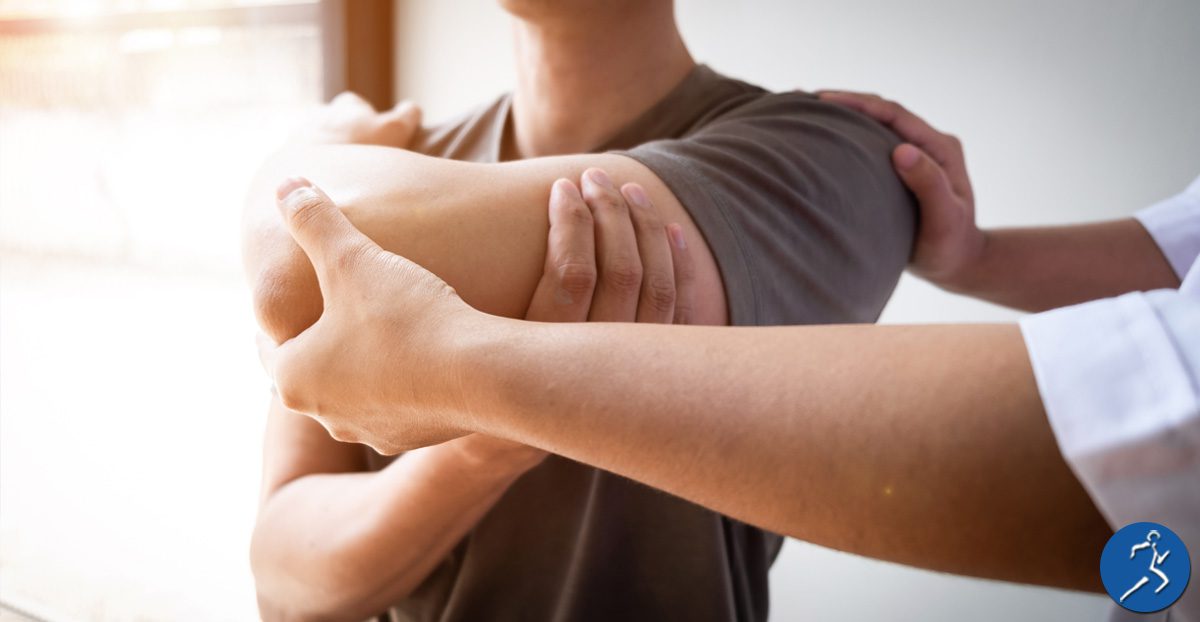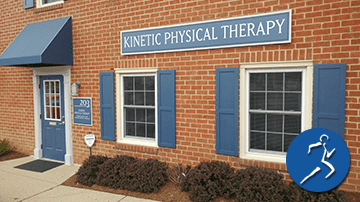 The same way you usually don’t think about a torn rotator cuff, your shoulder might be one of those body parts you pay little attention to… until it hurts. When there is pain, suddenly, we’re much more aware of how frequently we use our shoulders. We lift our arms or reach for something many times a day.
The same way you usually don’t think about a torn rotator cuff, your shoulder might be one of those body parts you pay little attention to… until it hurts. When there is pain, suddenly, we’re much more aware of how frequently we use our shoulders. We lift our arms or reach for something many times a day.
Shoulder pain can cause a lot of worry and questions. Will the pain go away on its own? Is it going to get worse? Will it keep you from doing your job or playing your favorite sport?
Often when there is shoulder pain, it’s because of a torn rotator cuff. But there’s good news. Physical therapy can help ease the pain and strengthen your shoulder to get you back to your everyday activities.
Anatomy of the Rotator Cuff
The rotator cuff consists of tendons and four muscles that keep the upper arm bone, called the humerus, in the shoulder socket. It’s one of the essential parts of your shoulder because you need it for so many movements. It allows you to lift your arm, rotate it, and reach for things. Without the rotator cuff, your arm wouldn’t be very useful.
How Do You Get a Torn Rotator Cuff?
If you injure your rotator cuff, you’re not alone. It’s a common injury. Nearly 2 million U.S. people visit a doctor yearly because of a torn rotator cuff.
When you tear a rotator cuff tendon, it’s no longer fully attached to the bone. This causes pain and limits shoulder movement.
Most tears occur either because of degeneration or from an injury.
As we age, our bodies wear down. This includes tissues, tendons, and muscles like those that make up the rotator cuff. When a degeneration is involved, a tear can occur. Rotator cuff tears are quite prevalent in the elderly population, especially those over the age of 80.
An injury can either happen suddenly or develop over time. A sudden trauma like a car accident, a fall, or lifting something too heavy can cause a tear.
Overuse of the rotator cuff muscles can also develop an injury gradually. A significant function of the rotator cuff is reaching up. So, athletes who swim, play tennis, or play baseball are more likely to sustain a tear.
The same is true for those whose profession requires lifting or reaching movements. Those in construction, painting, or carpentry occupations often experience a torn rotator cuff.
Physical Therapy Can Help a Torn Rotator Cuff
Surgery isn’t automatic if a health professional has given you a torn rotator cuff diagnosis. Physical therapy can often immensely benefit treatment, eliminating the need for surgery.
At Kinetic Physical Therapy, we will first evaluate the condition of your shoulder. We will assess its mobility, posture, and strength.
We will work to determine the level of injury. Then we will create a customized plan to ease your pain and address the areas of weakness.
We achieve relief from pain through strengthening the muscles that support your shoulder. Increasing flexibility for better mobility is another method to improve your shoulder use. Simple shoulder exercises and stretches help us reach these two goals.
What if shoulder surgery is necessary to repair a torn rotator cuff? Good news again. Physical therapy is essential in recovering from the procedure. Working with our physical therapists can reduce recovery time, decrease pain, and increase mobility.
The Shoulder Experts
The physical therapists at Kinetic Physical Therapy are experts in treating shoulder injuries. We can help you safely resume your normal activities when recovering from a torn rotator cuff.
Don’t let an injured rotator cuff reduce your quality of life. If you’re experiencing shoulder pain, please call us today. We understand you have choices in where you receive physical therapy services. You can see the same therapist at Kinetic PT every time you receive treatment. We are here to get you back to your pain-free everyday activities.


